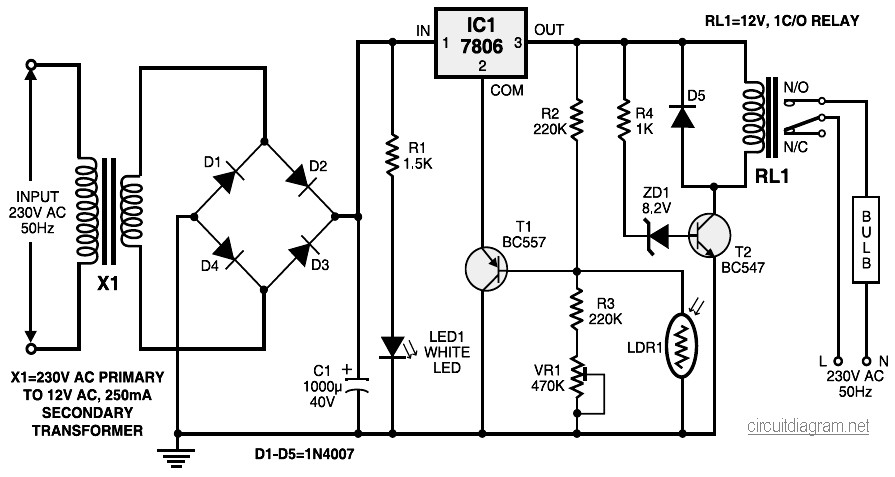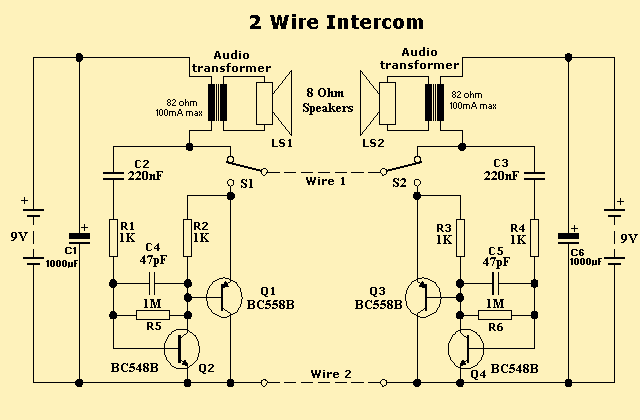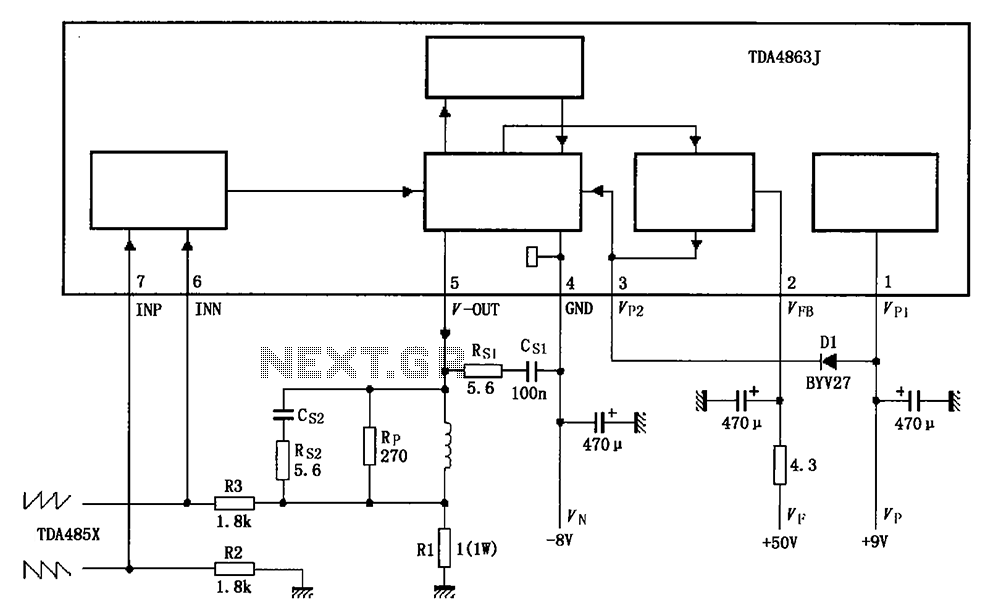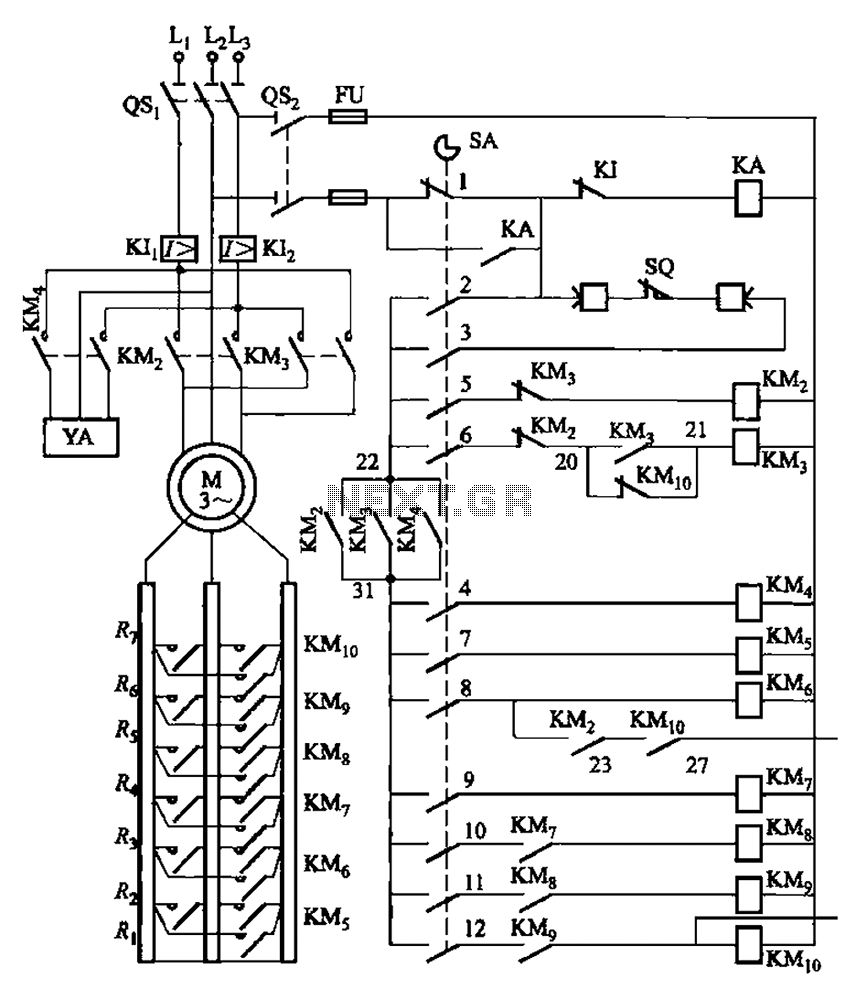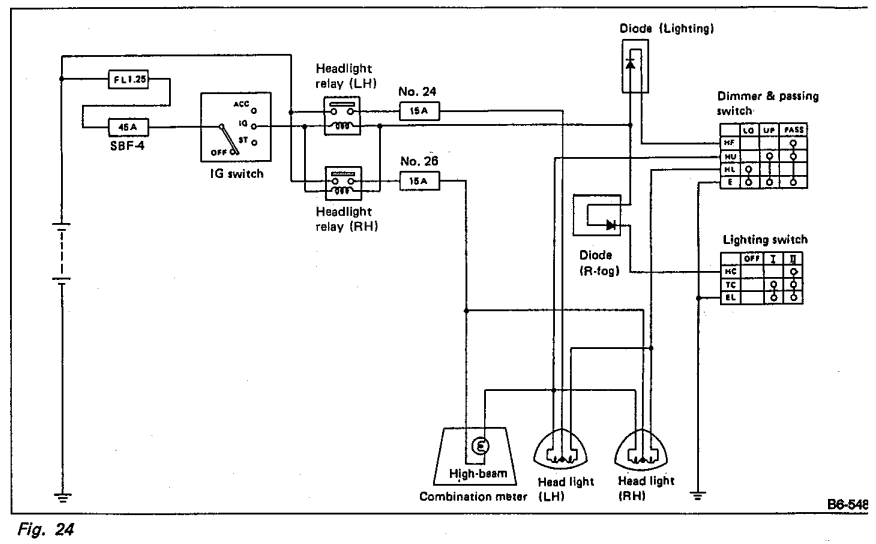
Analog counter circuit diagram
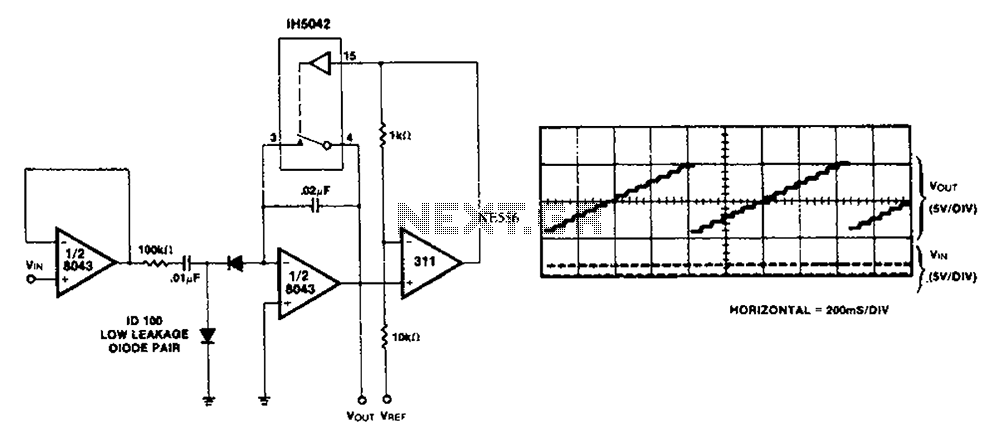
This simple circuit utilizes an LM311 as a level detector, incorporating CMOS analog switches to control capacitance. A significant feature of this counter is its ability to change numbers. The comparator operates more efficiently when there is a need to adjust the voltage levels. Similarly, this design can be adapted to create an affordable analog-to-digital converter.
The circuit employs the LM311, a voltage comparator that can detect the level of an input signal against a reference voltage. It is particularly effective in applications requiring precise voltage comparisons. The output of the LM311 can drive CMOS analog switches, which are used to manage the capacitance in the circuit. This arrangement allows for dynamic control over the circuit's response to varying voltage levels.
In the context of the counter, the ability to change the number is facilitated by the circuit's design, which allows for easy adjustments to the reference voltage. This feature enhances the versatility of the circuit, making it suitable for various applications, including timers and event counters. The comparator's performance improves with higher operational speeds, allowing for rapid adjustments to the voltage levels, which is crucial in applications requiring real-time processing.
Furthermore, this circuit can be adapted to function as an inexpensive analog-to-digital converter (ADC). By utilizing the LM311's ability to compare analog signals and the switching capabilities of CMOS technology, the circuit can effectively sample and digitize analog inputs. This makes it a valuable tool in systems where cost-effective signal processing is necessary, such as in consumer electronics or low-budget instrumentation.
Overall, the combination of the LM311 and CMOS analog switches in this circuit provides a flexible and efficient solution for level detection and signal conversion applications. As shown, this simple circuit using a LM311 in the level detector, and with a CMOS analog switches to release capacitance. A major feature of this counter is the number can be changed. Only when the comparator to run faster when the need to change the size of the voltage. By the same token you can design a cheap analog to digital converter.
The circuit employs the LM311, a voltage comparator that can detect the level of an input signal against a reference voltage. It is particularly effective in applications requiring precise voltage comparisons. The output of the LM311 can drive CMOS analog switches, which are used to manage the capacitance in the circuit. This arrangement allows for dynamic control over the circuit's response to varying voltage levels.
In the context of the counter, the ability to change the number is facilitated by the circuit's design, which allows for easy adjustments to the reference voltage. This feature enhances the versatility of the circuit, making it suitable for various applications, including timers and event counters. The comparator's performance improves with higher operational speeds, allowing for rapid adjustments to the voltage levels, which is crucial in applications requiring real-time processing.
Furthermore, this circuit can be adapted to function as an inexpensive analog-to-digital converter (ADC). By utilizing the LM311's ability to compare analog signals and the switching capabilities of CMOS technology, the circuit can effectively sample and digitize analog inputs. This makes it a valuable tool in systems where cost-effective signal processing is necessary, such as in consumer electronics or low-budget instrumentation.
Overall, the combination of the LM311 and CMOS analog switches in this circuit provides a flexible and efficient solution for level detection and signal conversion applications. As shown, this simple circuit using a LM311 in the level detector, and with a CMOS analog switches to release capacitance. A major feature of this counter is the number can be changed. Only when the comparator to run faster when the need to change the size of the voltage. By the same token you can design a cheap analog to digital converter.
